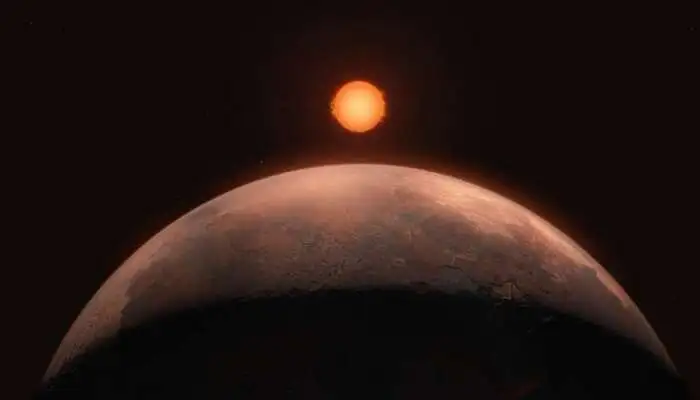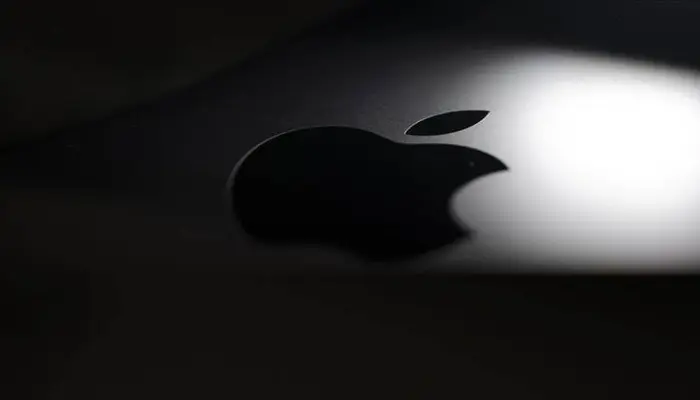Astronomers Discover New Exoplanet Orbiting Barnard’s Star
Barnard's star is the second-closest stellar system, following Alpha Centauri's three-star group.

Using the European Southern Observatory’s Very Large Telescope (ESO’s VLT), astronomers have discovered an exoplanet orbiting Barnard’s star. This star is the closest single star to our sun. The newly discovered exoplanet, named Barnard b, has at least half the mass of Venus. Interestingly, a year on Barnard b lasts just over three Earth days. Additionally, the team’s observations suggest the existence of three more exoplanet candidates in various orbits around the star.
Barnard’s Star: A Prime Target for Exoplanet Search
Located just six light-years away, Barnard’s star is the second-closest stellar system, following Alpha Centauri’s three-star group. Due to its proximity, Barnard’s star is a primary target in the search for Earth-like exoplanets. Despite a promising detection back in 2018, astronomers had not confirmed any planets orbiting Barnard’s star until now.
The announcement of this new exoplanet comes from a paper published in the journal Astronomy & Astrophysics. This discovery results from five years of observations using ESO’s VLT, situated at the Paranal Observatory in Chile. “Even if it took a long time, we were always confident that we could find something,” says Jonay González Hernández, a researcher at the Instituto de Astrofísica de Canarias in Spain and the paper’s lead author.
Read: Fears of Full-Scale War as Iran Launches Missiles at Israel
Focus on the Habitable Zone
The research team aimed to detect signals from possible exoplanets located within the habitable or temperate zone of Barnard’s star. This zone is where liquid water can exist on a planet’s surface. Astronomers often target red dwarfs like Barnard’s star. Low-mass rocky planets are easier to detect around these stars than around larger, sun-like stars.
Barnard b is significantly closer to Barnard’s star than Mercury is to the sun—twenty times closer, in fact. It completes its orbit in just 3.15 Earth days and has a surface temperature around 125 °C. “Barnard b is one of the lowest-mass exoplanets known and one of the few with a mass less than that of Earth. However, it is too close to its host star, which is outside the habitable zone,” explains González Hernández. He further adds, “Even though the star is about 2,500 degrees cooler than our sun, it is too hot for liquid water to exist on the surface.”
Innovative Observation Techniques
To make these observations, the team used ESPRESSO, a highly precise instrument designed to measure the wobble of a star caused by the gravitational pull of orbiting planets. The results from ESPRESSO were confirmed by data from other specialized instruments, including HARPS at ESO’s La Silla Observatory, HARPS-N, and CARMENES. However, the new data do not support the existence of the exoplanet reported in 2018.
In addition to confirming Barnard b, the international team identified hints of three more exoplanet candidates orbiting the same star. However, these candidates require additional observations with ESPRESSO to confirm their existence. “We now need to continue observing this star to confirm the other candidate signals,” says Alejandro Suárez Mascareño, a researcher and co-author of the study.
Read: Pakistan Banks’ Association Commends Government’s Efforts After IMF Deal
Future Prospects for Exoplanet Research
The discovery of Barnard b, along with previous discoveries like Proxima b and d, demonstrates that our cosmic backyard is rich with low-mass planets. ESO’s Extremely Large Telescope (ELT), currently under construction, will revolutionize exoplanet research. The ELT’s ANDES instrument will help researchers detect more small, rocky planets in the temperate zone around nearby stars, beyond the capabilities of current telescopes. This advancement will enable the study of the atmospheres of these intriguing new worlds.
Follow us on Google News, Instagram, YouTube, Facebook,Whats App, and TikTok for latest updates












